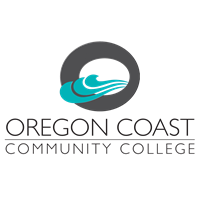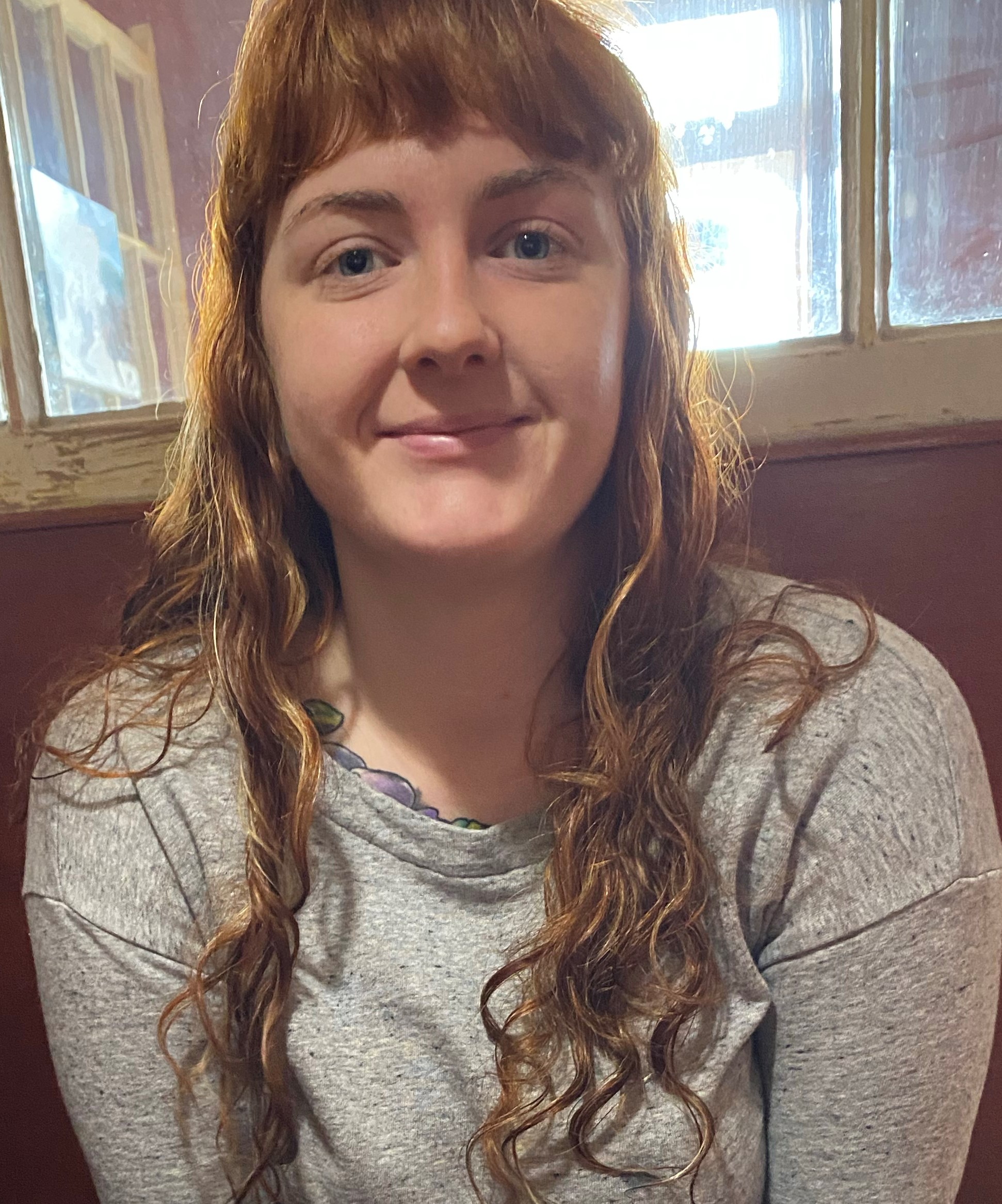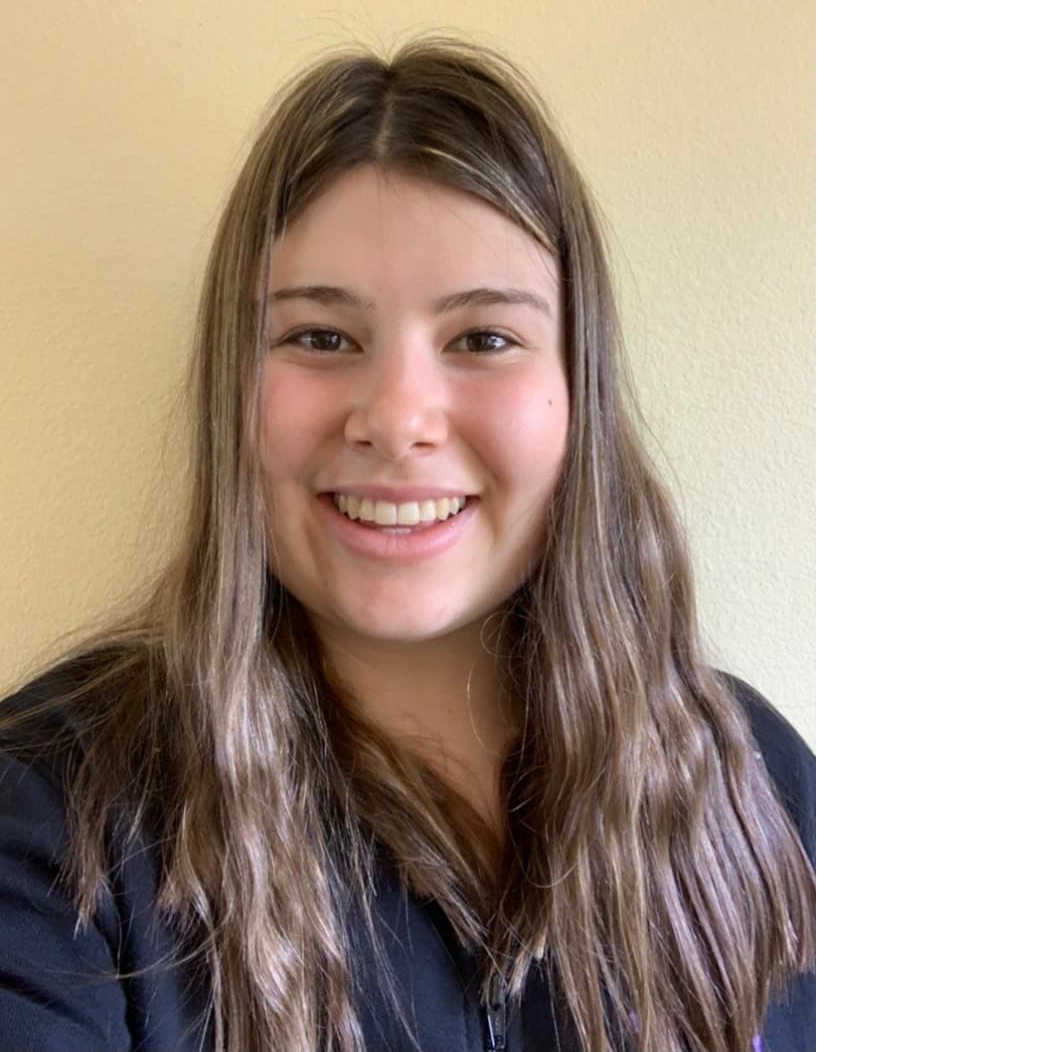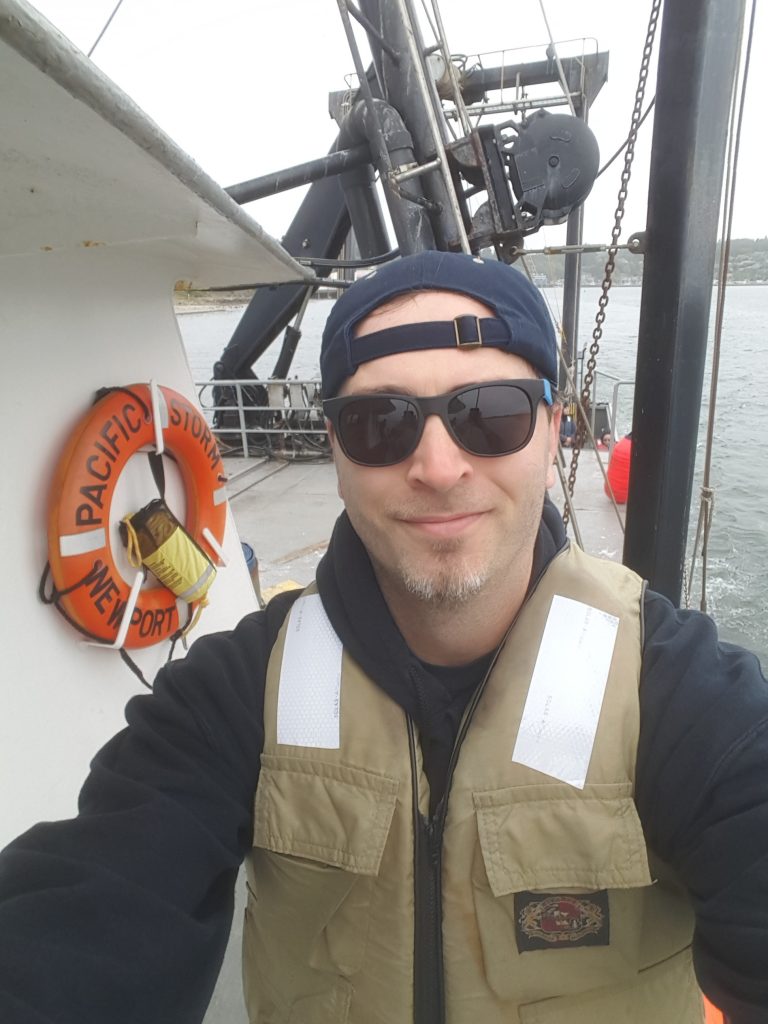Below is a summary of the abstract you submitted. Presenting author(s) is shown in bold.
If any changes need to be made, you can modify the abstract or change the authors.
You can also download a .docx version of this abstract.
If there are any problems, please email Dan at dar78@pitt.edu and he'll take care of them!
This abstract was last modified on April 5, 2022 at 10:51 a.m..

Student researchers at Oregon Coast Community College (OCCC) discovered a highly unique bacteriophage, which was later named Gingerbug, residing in the college’s community garden. This marks an exciting outcome from OCCC’s inaugural year of participation in the SEA PHAGES program. DNA sequencing of the phage’s genome (39,721 bp) revealed unique genetic features that led to the creation of a new cluster (GF) containing only 2 other phages, both recently discovered and all three geographically distant (Oregon, Texas, and New Hampshire). Additionally, 6 of Gingerbug’s 68 genes are unique, having no homologs in the NCBI or actinobacteriophage databases. Gingerbug's genome is tightly packed, with few gaps, multiple operons, and both forward and reverse genes. Annotation of Gingerbug’s genome is ongoing and once finalized will be published in GenBank with student researchers listed as authors. Gingerbug's capsid is approximately 52 nm in diameter and its tail is approximately 123 nm in length. Gingerbug was isolated from an enriched soil sample that was inoculated with the bacterial host Microbacterium foliorum and incubated at 30 degrees Celsius.



